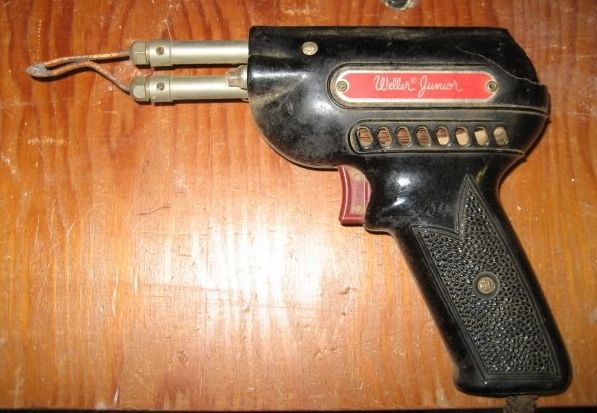For anyone that doesn't understand the electronics end of this but would like too, here is a good example and explanation of this exact circuit:
http://www.kpsec.freeuk.com/555timer.htm#astable
http://www.kpsec.freeuk.com/555timer.htm#astable



